History
New York City recognized the need to care for orphans as early as 1653, but the government never did enough for the needy. Fortunately, there were always some citizens who gave their money and time to help, and by 1900, there were dozens of new institutions—settlement houses, charity organizations, and religious groups—who tried to fill the gaps.
In the 21st century, private institutions like The Children’s Village have continued the tradition, established in the 19th century, to provide for the most vulnerable among us. But the problem still exists. Poverty and prejudice remain. The need continues to convince our government and private citizens to help our city’s underprivileged. It is a New York tradition. More importantly, it is our human obligation.
– Kenneth T. Jackson
Editor, The Encyclopedia of New York City
Barzun Professor of History, Columbia University
Archived Records
All available records for the period of 1851-1954 are held at the Columbia University Rare Books and Manuscript Library. You can access these by clicking here to visit their website.
-
1851
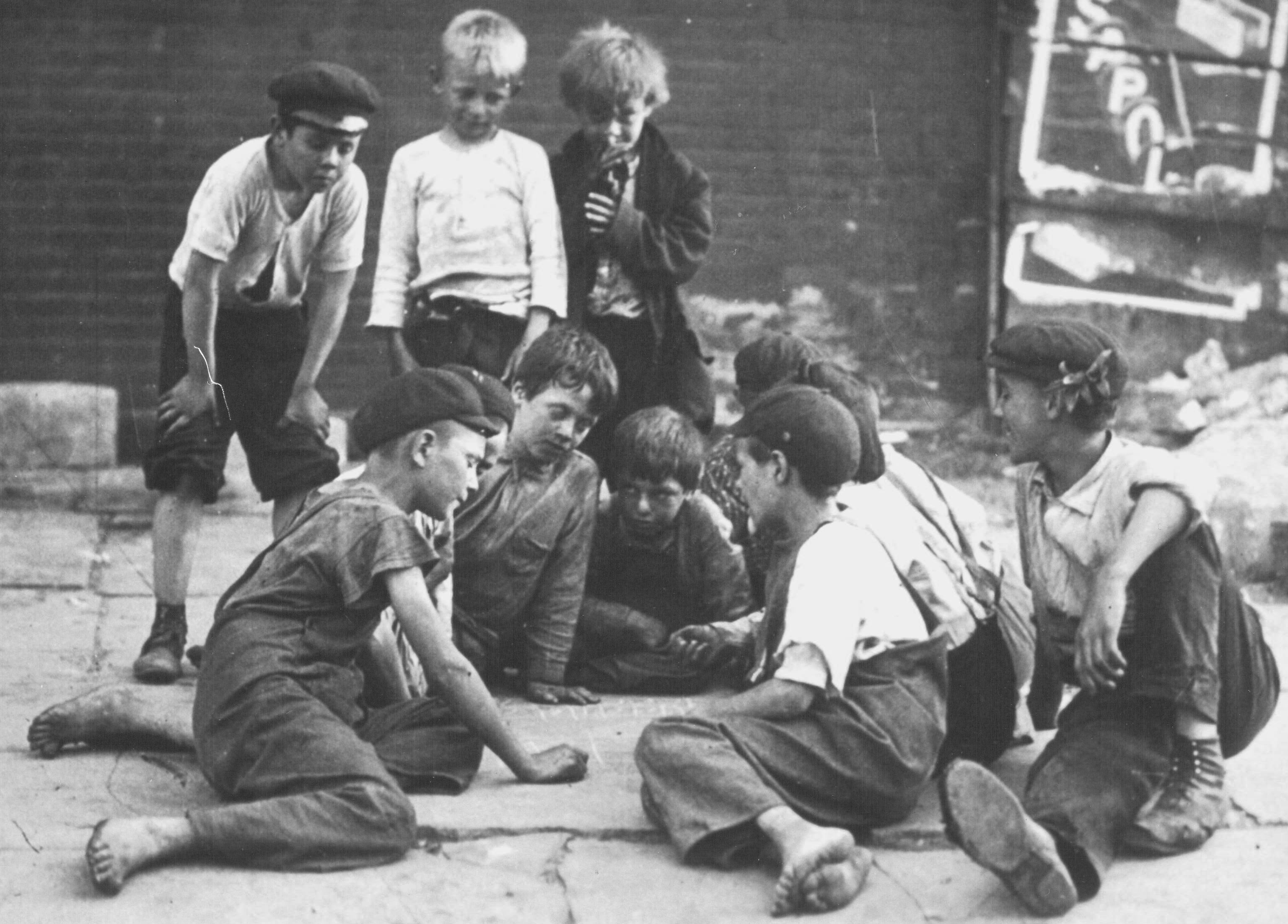 The New York Juvenile Asylum (which became The Children’s Village) was founded to provide residential care for orphans and “juvenile delinquents” roaming the streets of Manhattan. The Asylum’s admissions throughout the 19th century reflected the tide of immigration, initially from Northern Europe and later from Southern and Eastern Europe. The children’s care, influenced by Reform Movement principles, emphasized vocational training and discipline.
The New York Juvenile Asylum (which became The Children’s Village) was founded to provide residential care for orphans and “juvenile delinquents” roaming the streets of Manhattan. The Asylum’s admissions throughout the 19th century reflected the tide of immigration, initially from Northern Europe and later from Southern and Eastern Europe. The children’s care, influenced by Reform Movement principles, emphasized vocational training and discipline. -
1855
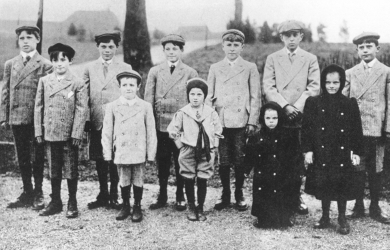 The New York Juvenile Asylum was one of three agencies in New York City that sent children to the Midwest to distance them from the dangers of life on the streets. They were placed with farm families, traveling on what came to be known as “orphan trains.” The Asylum itself placed a total of 6,323 children between 1855 and 1903 when its western placement agency closed. The orphan train movement, an ambitious yet later seen as a controversial effort, continued until 1929. In many ways, it is recognized as a precursor to today’s foster care system.
The New York Juvenile Asylum was one of three agencies in New York City that sent children to the Midwest to distance them from the dangers of life on the streets. They were placed with farm families, traveling on what came to be known as “orphan trains.” The Asylum itself placed a total of 6,323 children between 1855 and 1903 when its western placement agency closed. The orphan train movement, an ambitious yet later seen as a controversial effort, continued until 1929. In many ways, it is recognized as a precursor to today’s foster care system. -
1856
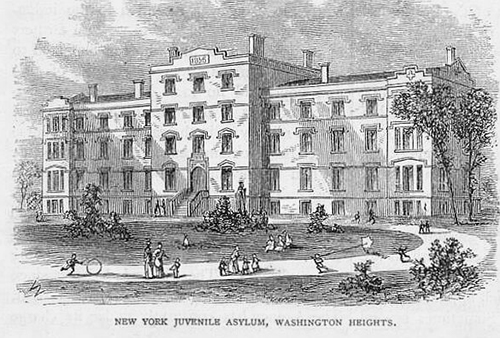 The Washington Heights campus, purchased for $33,000 was completed and became home to 1,200 boys.
The Washington Heights campus, purchased for $33,000 was completed and became home to 1,200 boys. -
1861
The Washington Heights campus became racially integrated.
-
1901
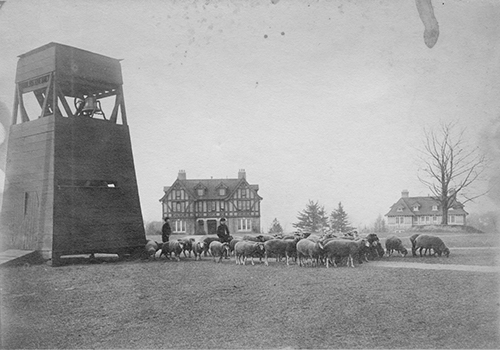 Using the increase in the value of the Washington Heights property, the agency bought a 277-acre farm in Dobbs Ferry, NY. The campus could accommodate only 300 children (down from 1,000 in Washington Heights), so some children were transferred to other agencies.
Using the increase in the value of the Washington Heights property, the agency bought a 277-acre farm in Dobbs Ferry, NY. The campus could accommodate only 300 children (down from 1,000 in Washington Heights), so some children were transferred to other agencies. -
1927
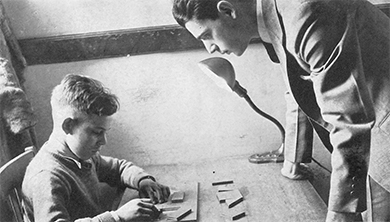 The Children’s Village became the first child care agency in the country to establish a psychiatric clinic on its campus. During the 1920’s, Children’s Village also opened the National Training School for Institution Executives and Workers, the first facility of its kind. This eventually became part of the New York School of Social Work.
The Children’s Village became the first child care agency in the country to establish a psychiatric clinic on its campus. During the 1920’s, Children’s Village also opened the National Training School for Institution Executives and Workers, the first facility of its kind. This eventually became part of the New York School of Social Work. -
1958
The Children’s Village was officially designated a Residential Treatment Center. This came as the culmination of the evolution from an orphanage to a residential school for troubled boys to a true clinical program capable of meeting the needs of seriously disturbed children.
-
1970
The first Therapeutic Recreation Internship program in the US began. This still exists at the Children’s Village, click here to learn more.
-
1984
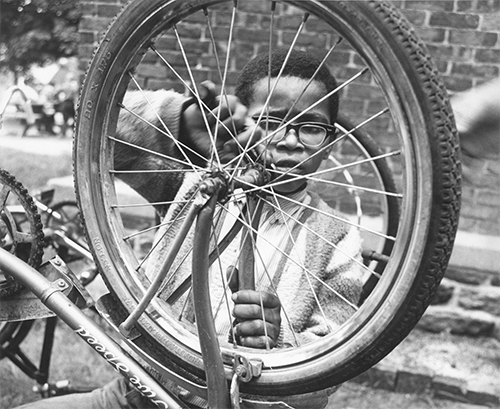 The Work Appreciation for Youth (WAY) program was established to teach work ethics and provide the first long-term aftercare program for troubled youth. The WAY program still exists today, click here to learn more.
The Work Appreciation for Youth (WAY) program was established to teach work ethics and provide the first long-term aftercare program for troubled youth. The WAY program still exists today, click here to learn more. -
2001
The campus renovation project was completed: twenty cottages were renovated; two new cottages built; the administration building, gutted by fire in 1994, rebuilt; and a new medical center constructed.
-
2016
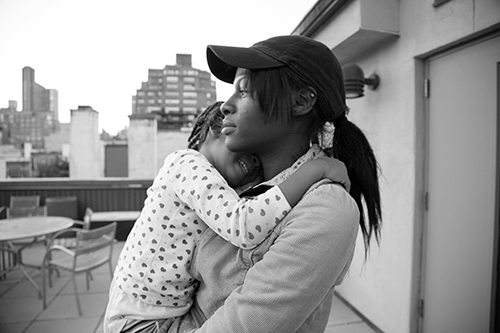 Inwood House, a nonprofit that specializes in pregnant and parenting teens and pregnancy prevention, merged with The Children’s Village. Click here to learn more.
Inwood House, a nonprofit that specializes in pregnant and parenting teens and pregnancy prevention, merged with The Children’s Village. Click here to learn more. -
Today
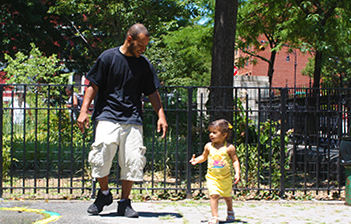 Today, The Children’s Village continues to operate a residential campus on approximately 180 acres of the original site. But at the same time, CV has greatly expanded its services to children and families throughout the New York metropolitan area.
Today, The Children’s Village continues to operate a residential campus on approximately 180 acres of the original site. But at the same time, CV has greatly expanded its services to children and families throughout the New York metropolitan area.



